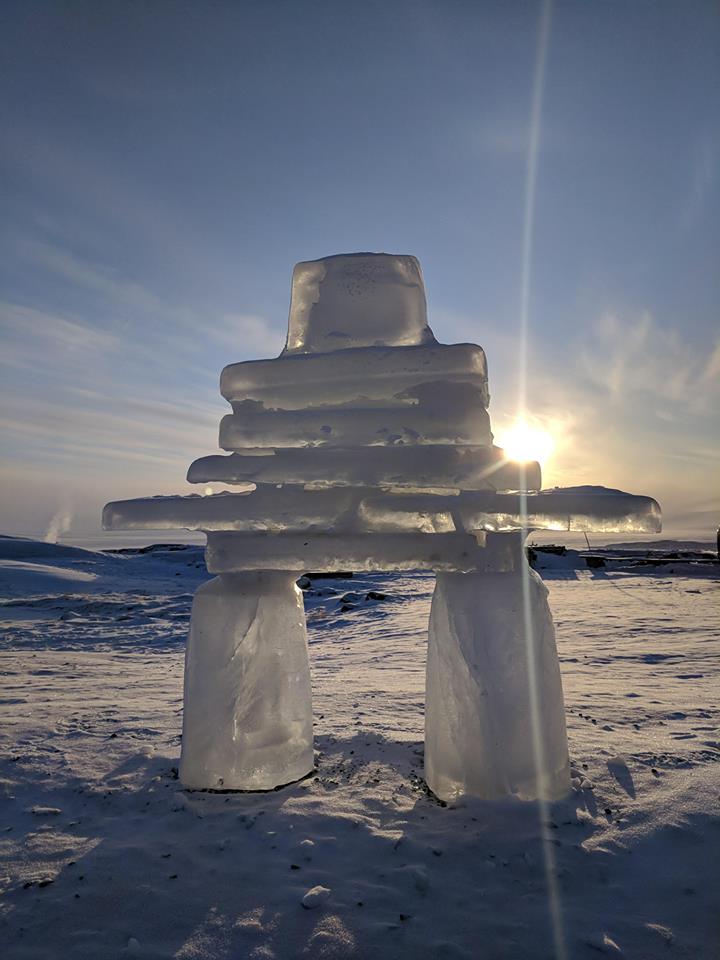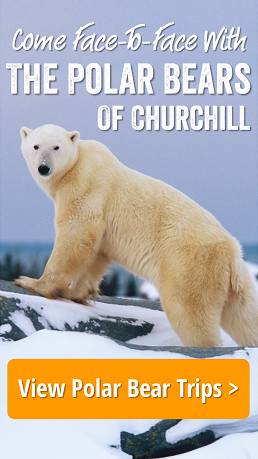Inuvik Satellite Stations Await Federal Approval
When one thinks Arctic landscape, one usually visualizes serene endless tundra or boreal forest with snow covered trees! There’s a section of that austere boreal forest in Inuvik that has five dormant satellite receivers that look alien to the habitat and have been ready for use since 2016.
The satellite receivers were built by Norway’s Kongsberg Satellite Services and American satellite company Planet Lab. Over 18 months ago the application process for federal licensing commenced and since has been caught up in government red tape. The anticipated turnaround was six months.
Going into the application process, both companies expected a turnaround of about 180 days. Word surfaced last week that the licenses were finally approved though no formal announcement has been made. Global Affairs Canada, needs to approve an auxiliary license under Canada’s Remote Sensing Space Systems Act. Until this happens the dishes cannot be activated. Since these installations are integral to a remote sensing space system they need approval from the two agencies.

Inoperable Invuk Satellite receivers constructed two years ago are unused due to one federal license still needing approval. Rolf Skatteboe photo.
President and CEO of Kongsberg Satellite Services, Rolf Skatteboe, stated the license delays are costing his business money since he is unable to fulfill a contract with the European Space Agency.
“I’ve got the message … hey you’ve gotten the approvals now you can get started, which unfortunately isn’t true,” he said.
Global Affairs Canada apparently has cleared the department to “proceed in evaluating our application” according to Skatteboe.
“We still don’t know … when we will potentially get a license or not,” Skatteboe said. “That’s the most frustrating part.”
Planet Lab and Kongsberg have spent millions to build the installations at Inuvik Skatteboe values the single large antenna installation at around $6 million, and four of the smaller Planet Lab installations at roughly $8 million. The sixth antenna has received the licensing it needs since its use under the Remote Sensing Space Systems Act did not require review.
Kongsberg constructed its satellite installations in Inuvik prior to being issued a license since the building season in the North is so short and doesn’t allow for flexibility. The company didn’t anticipate delays of the magnitude that has occurred.
Skatteboe added Kongsberg contracted with the European Space Agency to utilize the Inuvik ground station in conjunction with the European Space Agency (ESA) environmental Earth monitoring project named the Copernicus program.

A Kongsberg Satellite Services satellite station in Svalbard, Norway is one of 21 stations around the world and had very little resistance for permitting unlike what he has encountered in Canada according to company president and CEO Rolf Skatteboe. Rolf Skatteboe photo.
“[Kongsberg Satellite] has 21 ground stations around the world and they have all been licensed without any problems,” he said.
“So [Kongsberg] did not expect any problems related to approval to receive … data from an ESA satellite, an organization where Canada also is an associated member.”
“[Kongsberg Satellite] applied more than a year before the system was planned to be operational,” said Skatteboe.
The uncertainty surrounding when, or if, Kongsberg’s installations will ever be approved for use is the main concern.
“If Canada decided what we’re doing is a threat to national security, fine, I accept that,” he said.
“The frustrating part is that we haven’t gotten any feedback on the timescale for them to rule on this one.”
Global Affairs Canada, department spokesperson Brittany Venhola-Fletcher said in an email statement that, “Global Affairs Canada continues to work closely” with Kongsberg and Planet Labs to finalize and hopefully approve their licensing application.


